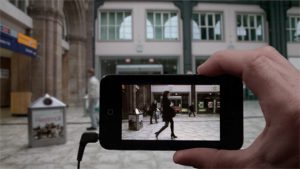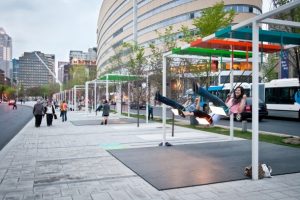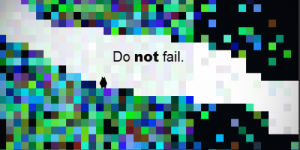The Automatic Orchestra project is an audio installation created from a collaboration of students of the University of the Arts, Bremen and the Copenhagen Institute of Interaction Design which explores a unique marriage of algorithmic composition and networked music. Before the audio installation was created the project existed as several software prototypes, developed in Processing and Java, designed to simulate the network logic and behavior of what would eventually become the final framework. Now the final product consists of 12 pods/MIDI devices wired together to form a circular network transmitting and responding to musical data uniquely from one another. More specifically, all of the pods are synchronized and exchange encoded musical messages on a shared framework. Each pod, however, interprets and alters the data it receives based on its individual algorithmic rule set. The result is a unique musical performance where the composition has a lot of room for variability.
This project was so fascinating to me as a musician because of its seemingly random nature. It seems to be based on the Indeterminacy movement of music from the early 1950’s while also recreating the feel of a live ensemble performance where musicians are still collaborating with each other in real time. The responses that each MIDI device constructs, however, seem more solid and well crafted than you might find in most indeterminate music performed by live musicians. While some professional musicians might take issue with this kind of simulation and how it could effect the music industry in the future, I think it presents an exciting new possibility for music performance where the decisions of the “performers” are more unique, unconventional, and less prone to human error.
More Examples of music produced by The Automatic Orchestra:
![[OLD – FALL 2016] 15-104 • COMPUTING for CREATIVE PRACTICE](https://courses.ideate.cmu.edu/15-104/f2016/wp-content/uploads/2020/08/stop-banner.png)





